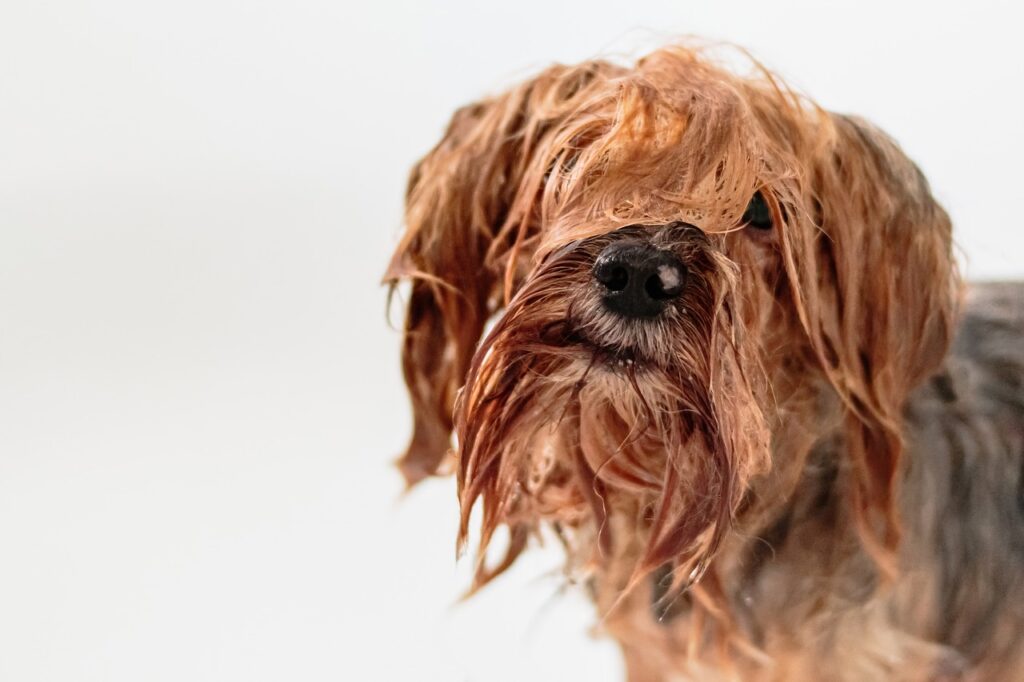Grooming 101
Helping Your Dog Love Grooming
Regular grooming is important for maintaining your dog’s health and wellness, even if they don’t require a fancy cut and style. That’s because every dog usually requires the following care:
- Nail trimming to maintain a natural gait and avoid painful splitting
- Brushing to stimulate blood circulation and remove dandruff or debris
- Ear cleaning to prevent infection
- Tooth brushing to reduce tartar buildup
- Bathing to promote skin and coat health
But what if your dog hates these activities, even when you try to do them at home? We have good news – there are ways to make the experience more pleasant for your best friend.
Practice Makes Perfect
Dogs often fear new or strange things, especially if they’re noisy and involve scary tools that feel funny. That’s where practice can help.
Even if you pamper your dog with visits to The Canine Spa, take some time to create some grooming situations at home. Start small with a partial session – like touching their feet with a clipper or grinder without trimming – and end things before a struggle begins.
Exposing your dog to the grooming experience a little at a time more frequently can make their full-blown session less scary.
Don’t Forget the Treats!
Did you ever get a treat after a dentist or doctor visit as a kid? We did – and it made those appointments way easier to tolerate. That same logic can apply to your dog too.
Whenever grooming your dog or practicing for professional groom sessions, keep their favorite, most delicious treats at the ready. Short on hands? Enlist a helper to keep those treats coming while you work. Flying solo? Get creative! Try giving your dog a frozen Kong or smearing yummy things on a licky mat or the side of the tub.
Keeping your dog busy with something tasty can help them love the grooming experience.
Choose the Right Moment
This is the most important thing when working with your dog, and it can be the trickiest to identify.
To start, you need to be in a good place where you’re feeling calm, patient, and loving toward your dog – never try to work with them when you’re stressed, anxious, or in a rush. Similarly, identify when your dog is the most receptive to challenging activities. Is it when they’re tired and content? First thing in the morning? When they’re a little hungry and most receptive to treats?
Watch your dog’s body language and find the best time to work together instead of fighting them to do things on your schedule.
Be Patient
Last but not least, it’s crucial to be patient. It can take a lot of trial and error to help your dog tolerate grooming sessions. And don’t be afraid to experiment with creative solutions.
For instance, do they have a Thunder Shirt for noise phobias? See if it makes their nail trims easier too! Interested in dog training? Try a cooperative care program. Is your dog anxious about more than grooming? Maybe the Assisi Calmer Canine® could help.
Finally, if you have a dog that really struggles with grooming visits, don’t be afraid to talk to your vet. They can offer short and long-term solutions to help, especially for anxious or nervous dogs.


